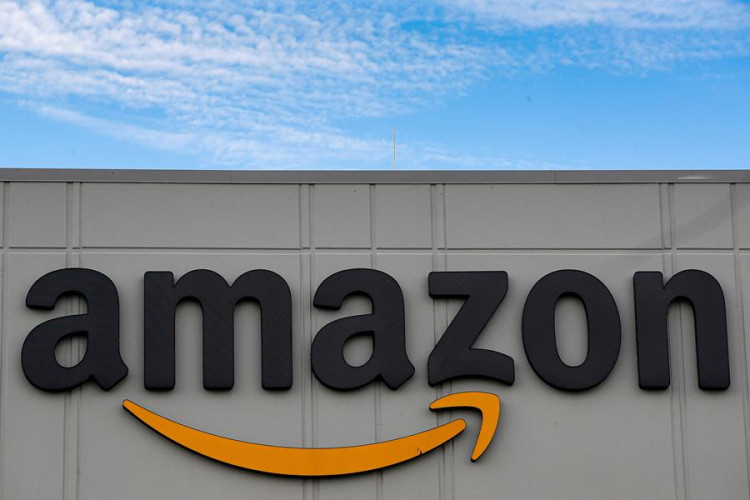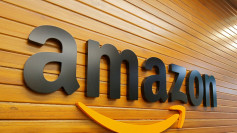Amazon reported a surge in its quarterly profits on Thursday, but the company fell short of revenue estimates, leading to a dip in stock prices in after-hours trading. The Seattle-based tech giant revealed that it earned $13.5 billion in the second quarter, exceeding the $10.99 billion anticipated by industry analysts surveyed by FactSet. This marks a significant increase from the $6.7 billion earned during the same period last year. Earnings per share for the quarter stood at $1.26, surpassing the expected $1.03.
Despite the profit boost, Amazon's overall revenue for the quarter was $148 billion, a 10% increase from the previous year but slightly below the analyst forecast of $148.67 billion. Looking ahead, Amazon projected revenue for the current quarter, ending September 30, to range between $154 billion and $158.5 billion, which falls short of the $158.22 billion anticipated by analysts.
Amazon's financial performance highlights the lingering impacts of the COVID-19 pandemic. The company increased spending during the pandemic to meet the surge in online shopping demand. However, as demand has cooled and broader economic conditions have impacted other parts of its business, Amazon has aggressively cut costs, eliminating unprofitable ventures and laying off over 27,000 corporate employees.
The cost-cutting measures have significantly contributed to Amazon's profit growth. Additionally, the company is benefiting from the excitement surrounding generative artificial intelligence, which has revitalized its cloud computing division, Amazon Web Services (AWS). AWS reported a 19% increase in revenue compared to the same period last year.
"We're continuing to make progress on a number of dimensions, but perhaps none more so than the continued reacceleration in AWS growth," Amazon CEO Andy Jassy stated. AWS has introduced new tools, such as Amazon Bedrock, to attract more customers by providing access to AI models for application development. Jassy previously projected that AWS was on track to achieve $100 billion in annual revenue.
However, AWS is facing stiff competition from Microsoft and Google, which reported cloud growth of 29% in their recent earnings reports. Despite AWS's slower growth rate, it remains a critical component of Amazon's overall strategy.
Amazon's core e-commerce business saw a 5% increase in revenue, while sales from its advertising segment, which primarily includes ad listings on its online platform, jumped by 20%. Nevertheless, the company missed revenue expectations for advertising, reporting $12.77 billion against an anticipated $13 billion.
Chief Financial Officer Brian Olsavsky explained that lower-than-expected revenue growth in North America was driven by consumers opting for cheaper products, resulting in a lower average selling price (ASP). "What we're seeing is really around ASP and lower ASP in products selected by customers," Olsavsky noted. "They are continuing to be cautious in their spending and trading down to lower ASP products."
To address competitive pressures from discount sites like Temu and Shein, Amazon is planning to launch a discount store featuring mostly unbranded items priced below $20. This move aims to attract budget-conscious consumers and boost revenue.
Amazon's guidance for the third quarter projects operating income to be between $11.5 billion and $15 billion, compared to $11.2 billion in the same period last year. Analysts had forecast third-quarter operating income at $15.3 billion. Olsavsky mentioned that the company's guidance reflects consumer distractions due to global events such as the Olympics and significant news stories, which have affected traffic patterns and consumer attention.






